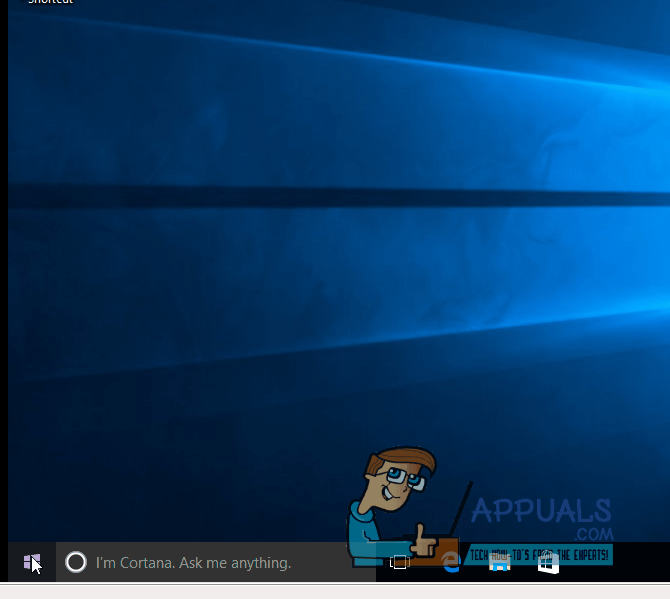How to Run .MSC Files as an Administrator
Files that have the .MSC extension are Microsoft Common Console Document files. .MSC files are basically the executable files for a variety of different utilities and Operating System-management programs that come built-in with all currently supported versions of the Windows Operating System out of the box. .MSC files are a pretty significant part of the Windows Operating System as some of the most commonly used Windows utilities are .MSC files – from the Local Group Policy Editor (gpedit.msc) to Windows’ onboard Disk Management utility (diskmgmt.msc).
In order to successfully perform certain actions through .MSC utilities – for example, tinkering out with specific group policies through the Local Group Policy Editor – the user needs to run the .MSC utility in question as an administrator. By default, whenever Windows users launch .MSC utilities from an open Command Prompt or a Run dialog, the utilities are launched in normal mode and do not have administrative privileges. That being the case, most Windows users don’t know exactly how they can run .MSC files as administrators. Well, the following are the two simplest and most effective methods that can be used to launch .MSC utilities as an administrator:
Method 1: Launch the .MSC utility from an elevated Command Prompt
Whenever .MSC utilities are launched from normal Command Prompts that do not have administrative privileges, they are launched in normal mode without administrative privileges. Launching .MSC utilities from elevated Command Prompts that have administrative privileges, on the other hand, results in their .MSC files being run as administrators and with full administrative privileges. To launch .MSC utilities as an administrator using this method, you need to:
Right-click on the Start Menu button to launch the WinX Menu.
Click on Command Prompt (Admin) in the WinX Menu to launch an elevated Command Prompt with administrative privileges.
Type the name of the .MSC utility you want to launch as an administrator and then press Enter. Typing in gpedit.msc, for example, will launch the Local Group Policy Editor utility. The .MSC file you launched will be launched as an administrator and will have full administrative privileges.

Method 2: Navigate to the .MSC utility’s .MSC file and run it as an administrator
All .MSC files corresponding to their respective Windows utilities and programs can be found in the C:\Windows\System32 directory. Another method that can be used to run .MSC files as an administrator is to locate and navigate to an .MSC utility’s .MSC file and then run it as an administrator instead of trying to launch the utility with administrative privileges. In order to do so, you need to:
Navigate to the following directory:
C:\Windows\System32
Locate and right-click on the .MSC file that corresponds to the .MSC utility that you want to launch as an administrator with full administrative privileges. For example, the msc file corresponds to the Local Group Policy Editor utility and the diskmgmt.msc file corresponds to the Disk Management utility.
In the resulting contextual menu, click on Run as administrator. Doing so will result in the selected .MSC utility being launched in administrator mode will full administrative privileges.